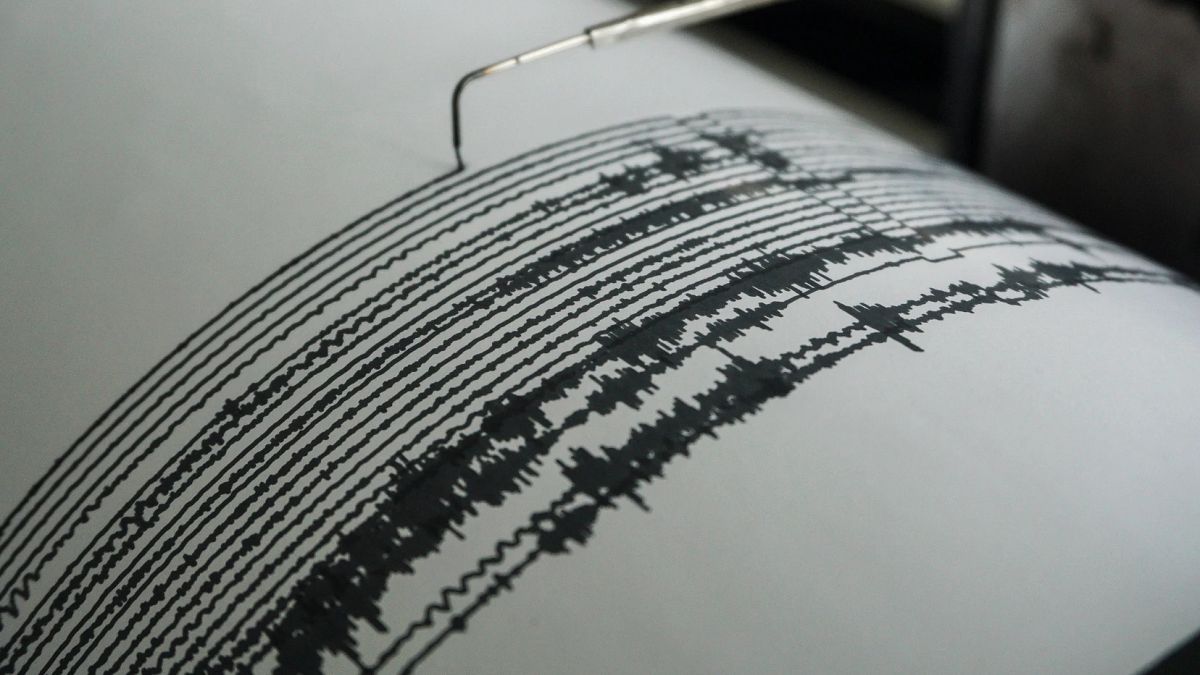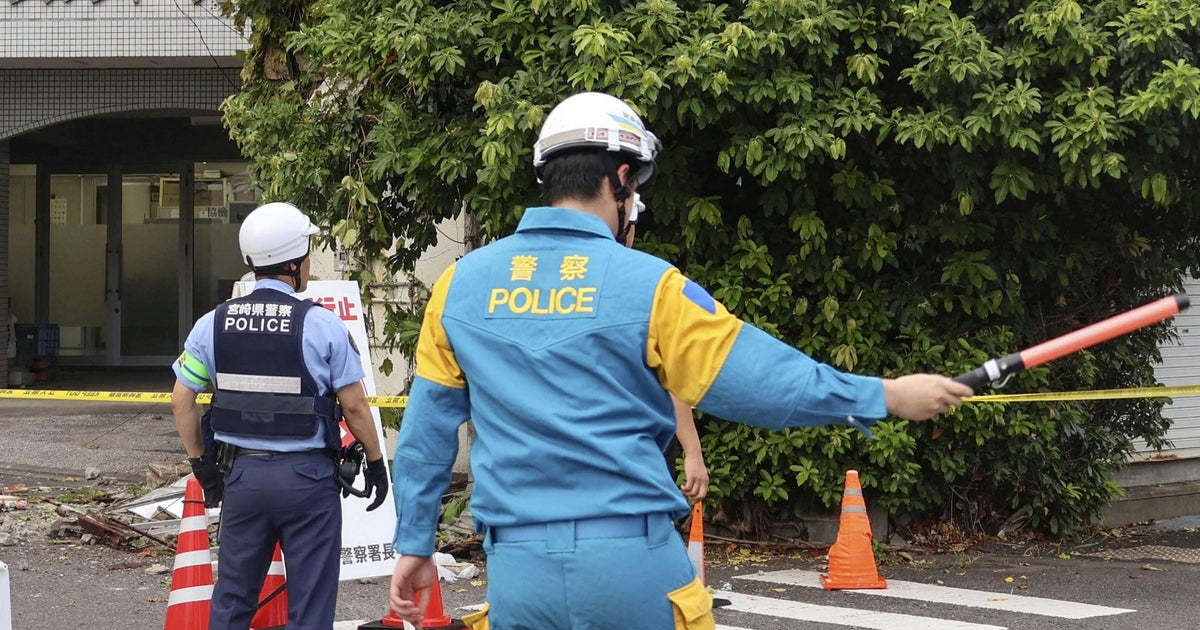On Thursday, August 8, 2024, a powerful earthquake with a magnitude of 7.1 struck off the southern coast of Japan, near the island of Kyushu. The earthquake occurred at 4:43 p.m. prompting tsunami advisories.

Also Read: Mount Etna Erupts: Flight Disruptions at Catania International Airport
The earthquake was initially reported as having a magnitude of 6.9 and 7.1 by the United States Geological Survey (USGS), but was later confirmed as a single event with a magnitude of 7.1 by the Japan Meteorological Agency (JMA).
The epicenter was located off the eastern coast of Kyushu, Japan’s southern main island specifically off the coast of Miyazaki Prefecture. The coordinates put the epicenter near Nichinan City.
The quake occurred at a depth of approximately 25 to 30 kilometers (about 15 to 18 miles), a typical depth for quakes in this region.
The earthquake struck at 4:42 p.m. (7:42 a.m. GMT) affecting the late afternoon activities and catching many residents by surprise.
Following the quake the Japan Meteorological Agency issued a tsunami advisory for the coastal regions of Kyushu and the nearby island of Shikoku.
Residents in the areas of Kochi and Miyazaki prefectures were urged to evacuate and stay away from the coastline.
Reports suggested tsunamis of up to 1 meter (about 3.3 feet) were possible. Actual observed tsunami waves were smaller with heights of 50 centimeters (20 inches) detected at Miyazaki Port and lesser waves of 20cm and 10cm reported along other parts of Kyushu’s southern coast.
The Pacific Tsunami Warning Center highlighted the possibility of hazardous tsunami waves within 300km of the epicenter.
Authorities warned that tsunamis might strike repeatedly and advised people not to enter the sea or approach the coast until the advisory was lifted.
In Nichinan City, Miyazaki Prefecture and surrounding areas, no immediate reports of severe structural damage were made, although some minor damage did occur.
Windows were broken at Miyazaki Airport leading to a temporary closure of the runway for safety checks.
In Osaki, Kagoshima Prefecture, some concrete walls collapsed and a wooden house was damaged, but there were no reported injuries. Three individuals were reported injured in Miyazaki.
Also Read: Storm Debby Strengthens to a Category 1 Hurricane ahead of Florida
Chief Cabinet Secretary Yoshimasa Hayashi addressed the importance of staying away from the coastline and assured that officials were assessing the situation for possible injuries or damage.
A special task force was established by the Japanese government to manage the emergency response.
The Prime Minister instructed officials to provide timely and accurate information to the public about tsunamis and evacuations.
The Nuclear Regulation Authority reported that all 12 nuclear reactors in Kyushu and Shikoku including three currently in operation, remained safe and no abnormalities were detected.
A tsunami warning was issued for the coastal areas of Kyushu and Shikoku Islands. Tsunamis of up to one meter were expected to hit these regions.
The Japan Meteorological Agency advised people to avoid the sea and coastal areas until the warning is lifted. They addressed the risk of multiple waves striking repeatedly.
Tsunami waves of up to 50 centimeters (1.6 feet) have already been detected along parts of Kyushu’s southern coast and Shikoku Island, according to the JMA.
The Japanese government quickly set up a special task force to coordinate the response to the earthquake and potential tsunami impact.
Seismologists and experts are holding emergency meetings to analyze the quake’s effects concerning the nearby Nankai Trough known for causing past earthquakes.
Operators of nuclear plants on Kyushu and Shikoku Islands are conducting safety inspections to ensure there is no damage to their facilities.
Japan experiences approximately 1,500 earthquakes annually, accounting for about 18% of the world’s seismic activity.
The country sits on the Pacific Ring of Fire, where four major tectonic plates meet, making it one of the most tectonically active regions on Earth.
Past earthquakes include the 9.0-magnitude earthquake in March 2011, which caused a tsunami and the Fukushima nuclear disaster leading to around 18,500 deaths or missing persons.
On January 1, a massive earthquake in Japan’s north-central Noto region resulted in over 240 fatalities.
Also Read: Wayanad Landslides: Over 150 Dead as Rescue Operations Continue






















